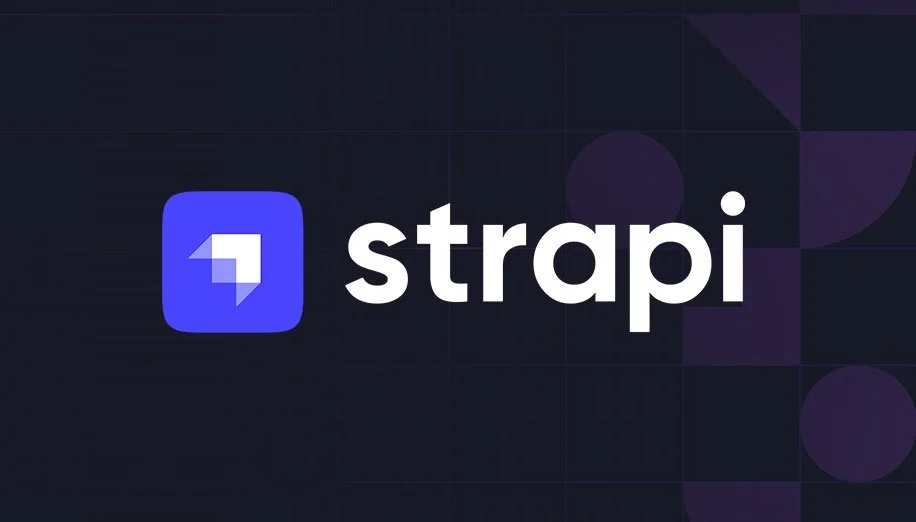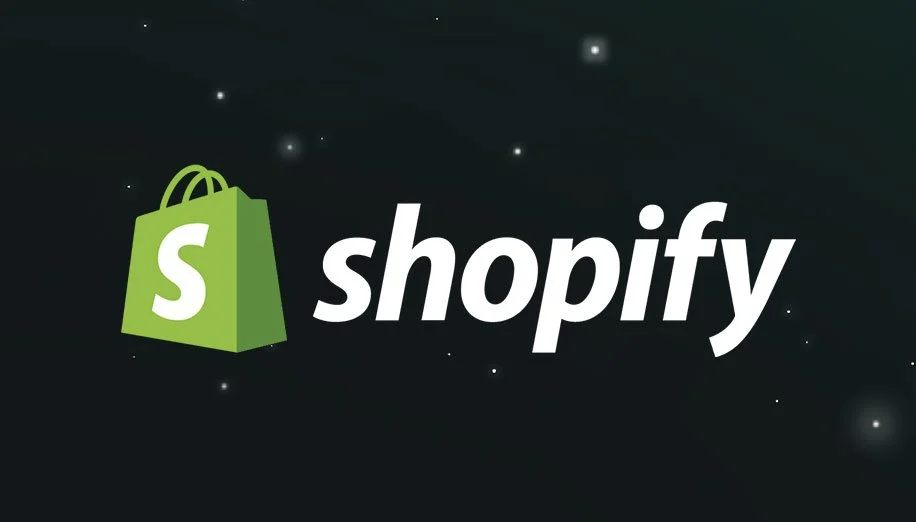
Headless vs.
Traditional
CONTENT MANAGEMENT SYSTEMS (CMS)
A traditional CMS (like WordPress or Umbraco) is an all-in-one system where the backend manages content creation and the frontend controls how it’s displayed. In contrast, a headless CMS separates these parts. You create structured content in the backend, but there’s no built-in display; instead, content is delivered through an API, allowing it to appear on any platform—websites, apps, email, etc. This separation also allows easier future redesigns, focusing only on presentation while content remains intact.
So you may ask yourself, why would anyone choose a traditional CMS?
Someone might choose a traditional CMS because it offers built-in tools, themes, and plugins. Platforms like Squarespace and WordPress come with large amounts of community support.
We help match our clients up with technology that serves them best. We don’t push for a certain platform. We ask questions, then make recommendations with what we feel is a great fit.
Drawbacks of Traditional CMS:
Limited Flexibility: Backend and frontend are tightly connected, making customization harder.
Slower Performance: All functions run in one system, which can slow down large websites.
Scaling Challenges: Expanding to multiple platforms is difficult.
Less Technological Flexibility: Limited tech options for custom designs and new tools.
Benefits of Headless CMS:
Cross-Platform Flexibility: Content can appear on any device through APIs.
Improved Performance: Separating layers speeds up page loads.
Easy Scalability: Supports multiple platforms seamlessly.
Technological Freedom: Use any front-end technology for design and functionality control.
These are the platforms we work on the most
-

Sanity
A fully customizable all-code backend for AI, automations, and applications to author and render content.
https://www.sanity.io/ -

Prismic
Own your stack. Empower your marketing team to launch webpages in a flash.
https://prismic.io/ -

Contentful
Composable, modular architecture, once you update a content component, it’s instantly updated everywhere.
https://www.contentful.com/ -

WordPress
WordPress is the most used CMS in the world, powering over 4o% of all websites.
https://wordpress.com/ -

Squarespace
An affordable, easy to use platform doesn’t require development knowledge.
https://www.squarespace.com/ -

Craft CMS
An easy to use CMS where everything you interact with is designed to just make sense.
https://craftcms.com/ -

Statamic
Powering websites from next-gen startups and global newsrooms to personal blogs and portfolios.
https://statamic.com/ -

Contentstack
Create experiences faster across more channels with an easy-to-use, future-ready platform
https://www.contentstack.com/ -

Strapi
The open-source Headless CMS for developers that makes API creation easy, and supports your favorite frameworks.
https://strapi.io/ -

Storyblock
A headless CMS made for humans. Built for the AI-driven content era.
https://www.storyblok.com/ -

Shopify
Shopify is an all-in-one commerce platform built for independent business owners to start, run, and grow their businesses online, in-store, and everywhere in between.
https://www.shopify.com/

